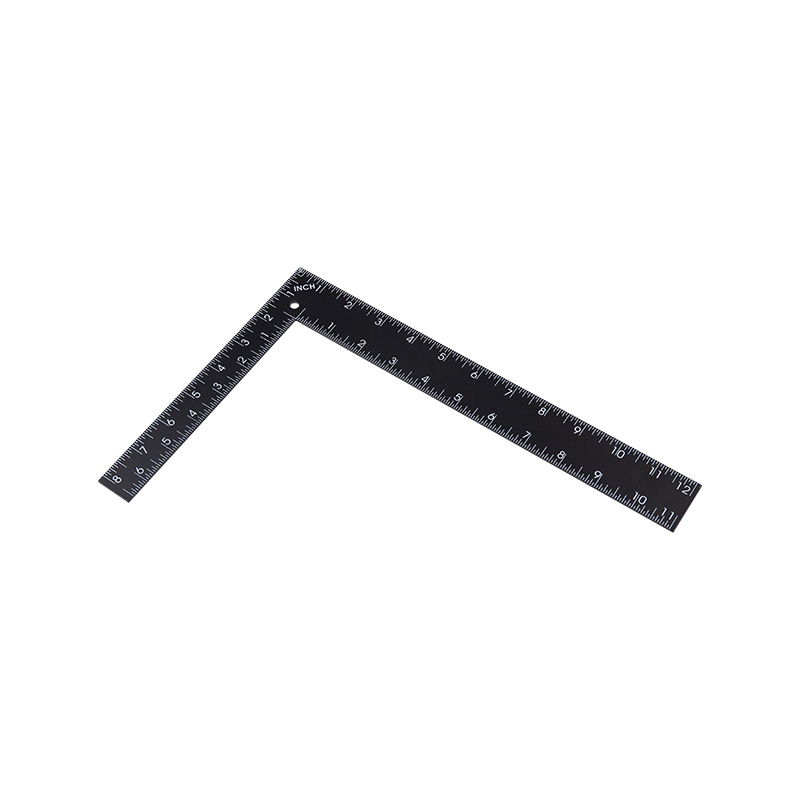A measuring wheel typically consists of three main components: the wheel itself, the handle, and a counting mechanism. The wheel is designed with a circumference calibrated to measure linear distance based on the number of rotations it completes. The handle provides stability and control, allowing users to guide the wheel smoothly along the path. The counting mechanism records the number of wheel rotations, which is used to determine the distance covered.
2. Preparing for Measurement: Calibrating and Setting Up the Measuring Wheel
Wheel Placement: When using a measuring wheel, ensure that the wheel is in constant contact with the ground throughout the measurement process. Verify that the wheel is clean and free from any debris that could hinder smooth movement or affect accuracy.
Starting Position: Establish a starting point by placing the wheel precisely at the beginning of the measured distance. Use landmarks or other markers to ensure consistent starting positions for subsequent measurements.
3. Executing Accurate Distance Measurements with a Measuring Wheel
Smooth and Steady Movement: Push the measuring wheel forward in a smooth and steady motion, keeping the wheel in contact with the ground throughout. Maintain a consistent pace to avoid variations in readings caused by sudden changes in speed.
Recording Measurements: The counting mechanism on the measuring wheel provides a numerical representation of the distance covered. Note down the measurement displayed on the counting mechanism after each measurement. If necessary, consider taking multiple measurements and averaging the results for enhanced accuracy.
Environmental Factors: Be aware of potential environmental factors that may affect measurements. Uneven surfaces, slopes, and obstructions can introduce errors. Take extra care when measuring on rough terrain or in windy conditions, as they can impact the stability of the measuring wheel and affect readings.



 English
English Español
Español

















